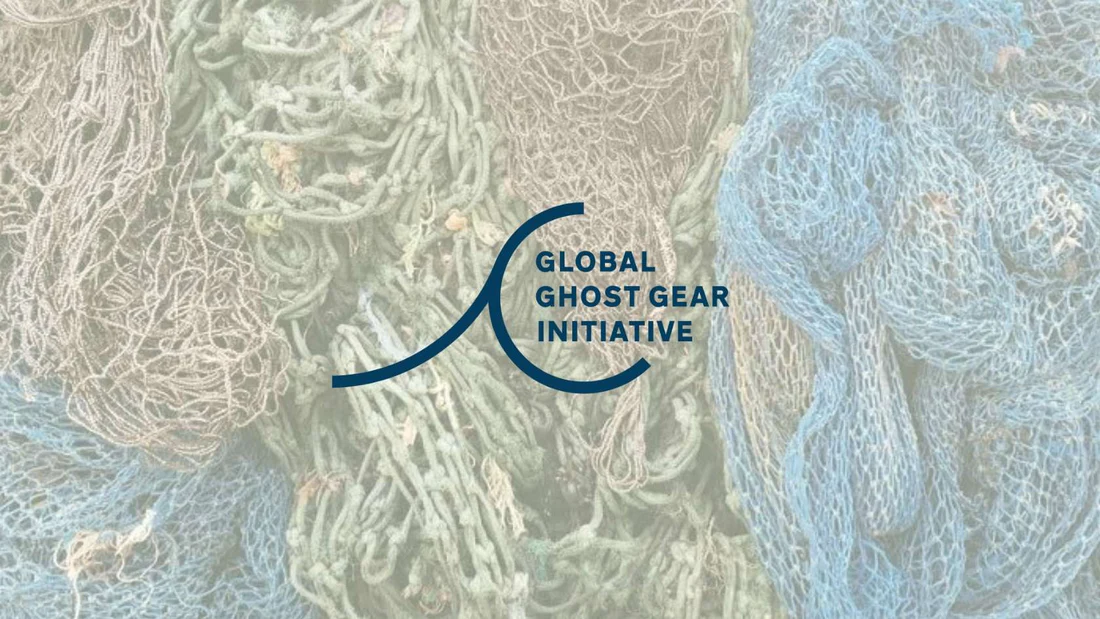
Global Ghost Gear Initiative – A global community against ghost gear
Share
If everyone pulls together, we can implement far-reaching changes and preventive measures. That's why we have now joined the Global Ghost Gear Initiative! Together we are taking action against ghost nets all over the world. The GGGI brings together business, science, NGOs and politics - and thus offers a unique forum for saving the oceans through global cooperation.
Up to 1 million tons more ghost nets end up in the oceans every year. Together with our partners Healthy Seas and Ghost Diving, we recover as many nets as we can - but to rid the oceans of them in the long term, preventative solutions are needed. We are already working with fisheries to intercept end-of-life nets directly from them before they even end up in the ocean. We are also in contact with politicians, NGOs and scientists to develop further solutions. Now we have taken the next step: We have joined the Global Ghost Gear Initiative (GGGI), an association that takes a holistic approach to the problem of ghost nets. We are looking forward to the upcoming collaboration and would like to introduce you to what the GGGI does exactly.
What is the Global Ghost Gear Initiative?
The GGGI was established in 2015 to work across traditional borders to combat lost or deliberately sunk fishing gear, mainly ghost nets. The GGGI brings together fisheries and other businesses, researchers, intergovernmental organizations and non-governmental organizations to learn from each other and achieve more together. Together they work with combined forces to improve the health of marine ecosystems.
What does the Global Ghost Gear Initiative do?
The GGGI has three main goals, all of which are interconnected: to improve the health of marine ecosystems, to protect marine animals from harm, and to safeguard the health and livelihoods of people. To achieve these goals, the GGGI works in three working groups. Members from all over the world are represented here, so that problems can be viewed from many different perspectives and diverse ideas can be developed. The groups deal with the following topics:
Collecting Evidence on Ghost Nets
This working group documents data on ghost nets around the world to understand their causes, occurrence and impacts and to identify which regions should be prioritized for GGGI work as they are particularly affected by the problem.
Define successful models and optimize guidelines
This group develops measures for the handling of fishing gear to ensure that ghost nets do not end up in the seas in the first place. With these concrete proposals, the GGGI can develop preventive guidelines with governments and businesses around the world.
Catalyze and replicate solutions
This group develops solutions that work in the fight against ghost networks and disseminates them worldwide. It focuses in particular on scalable solutions that can provide further data and inform best practices for the other working groups.
Who are the members of the Global Ghost Gear Initiative?
With 149 members, the GGGI brings a variety of perspectives to the table. Whether private organizations such as fishing and supermarket chains or sustainable companies like ourselves, academic institutions, NGOs like our partners Healthy Seas and Ghost Diving , as well as 20 governments - all are contributing to rid our seas of ghost nets. Each has its own role to play. For example, data from science can help NGOs formulate recommendations for policies that are then mandated by governments and implemented by fisheries.
Why did we become part of the Global Ghost Gear Initiative?
Bracenet was born out of the mission to save the oceans. By recovering ghost nets and processing them into new products, we are making an important contribution to this goal. But only if everyone pulls together can we achieve far-reaching changes and implement preventive measures. That is why we have now joined the GGGI: to participate in a global network and to combat ghost nets with partners around the world. The GGGI brings together business, science, NGOs and politics - and thus offers a unique forum for saving the oceans through global cooperation.

Every year, 640,000 tons more ghost nets end up in the oceans.
What is the Global Ghost Gear Initiative currently working on?
GGGI working groups are working on several projects around the world, both locally and globally. For example, GGGI has produced guidance documents to advise organisations that want to address ghost gear. A new technology is also being tested that enables the tracking of fishing nets. This will enable fisheries to find their nets – and at the same time, ghost nets can be linked to them. This would make it possible to impose penalties for the illegal disposal of nets. Since legal disposal routes are currently almost as expensive as fines for illegal disposal and therefore not particularly attractive, GGGI is formulating recommendations on how to optimise the disposal of fishing gear and make it more accessible. We have experience in this area as we already work actively with fisheries and are happy to share our knowledge with GGGI.
More information about the Global Ghost Gear Initiative
In summary, we have only one thing left to say: We are excited to work with the GGGI and all its members and are proud to contribute to the protection of the oceans in this global network.
If you would like to learn more about the GGGI and its work, please visit their website Information about all current and completed projects. In our blog you will also find 5 things you should know about ghost nets .
